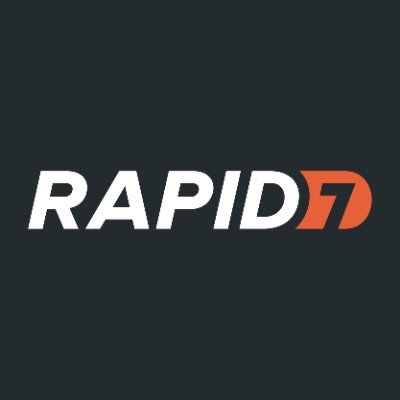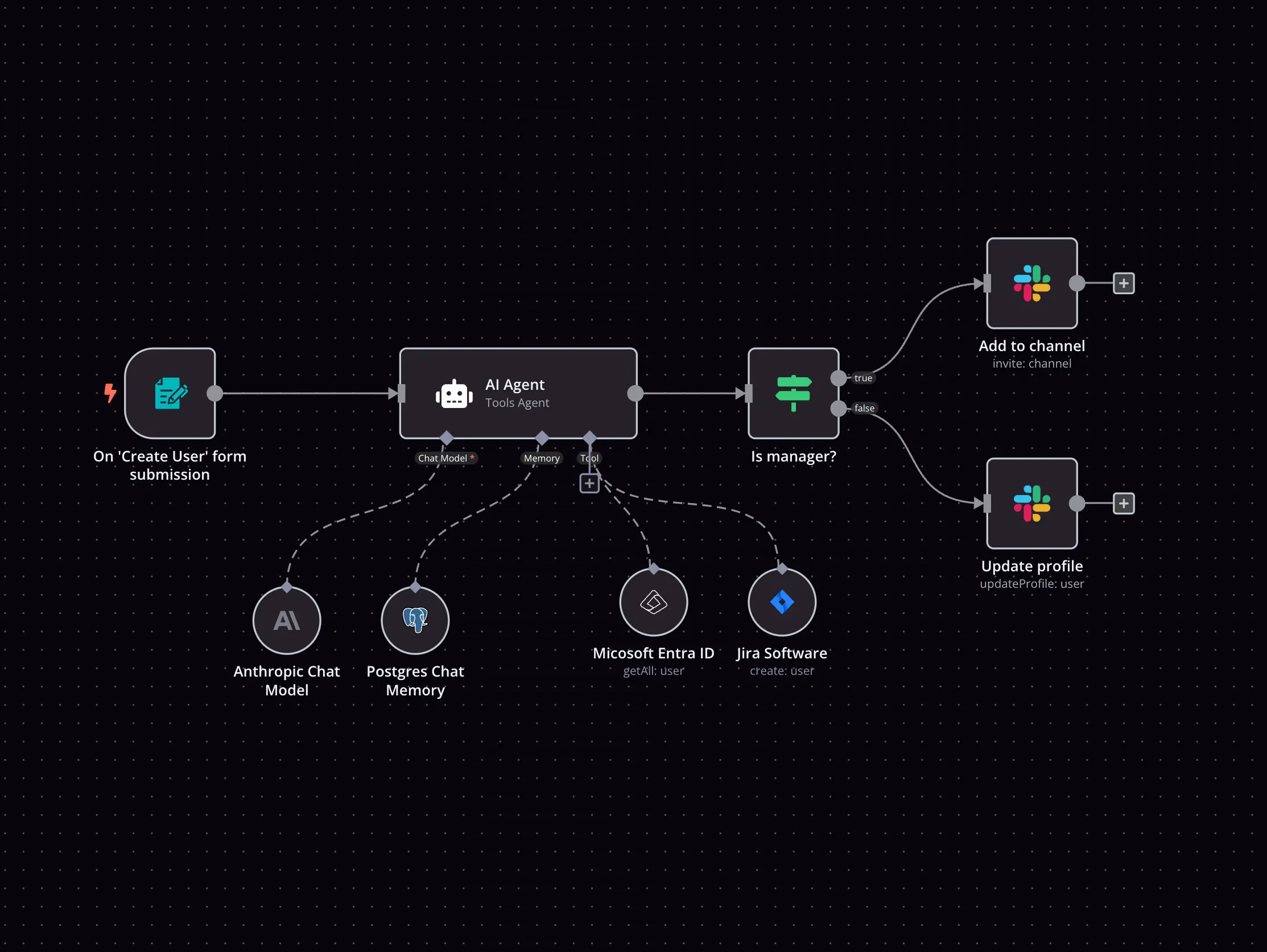BrowserStack and Rapid7 Insight Platform integration




How to connect BrowserStack and Rapid7 Insight Platform
Create a new workflow and add the first step
In n8n, click the "Add workflow" button in the Workflows tab to create a new workflow. Add the starting point – a trigger on when your workflow should run: an app event, a schedule, a webhook call, another workflow, an AI chat, or a manual trigger. Sometimes, the HTTP Request node might already serve as your starting point.
Build your own BrowserStack and Rapid7 Insight Platform integration
Create custom BrowserStack and Rapid7 Insight Platform workflows by choosing triggers and actions. Nodes come with global operations and settings, as well as app-specific parameters that can be configured. You can also use the HTTP Request node to query data from any app or service with a REST API.
Supported API Endpoints for BrowserStack
Get plan details
Retrieve details about your Automate plan.
Get plan details
Obtain information about your Automate plan including the number of parallel sessions allowed and currently running.
Get browser list
Obtain a list of available OS, browsers, and real mobile devices.
Get browser list
Retrieve the list of available browsers for automation.
Get project list
Fetch a list of projects associated with your account.
Get project details
Retrieve the details of a specific project.
Get status badge
Obtain the status badge for a project.
Update project details
Modify the details of an existing project.
Delete project
Remove a specific project from your account.
Get project list
Fetch a list of projects associated with the user.
Get project details
Retrieve detailed information about a specific project.
Get status badge
Obtain the status badge for a specific project.
Get build list
Fetch a list of builds related to your projects.
Update build details
Change the details of an existing build.
Delete build
Remove a specific build from your account.
Get build list
Retrieve a list of builds under a project.
Get session list
Retrieve a list of all sessions associated with your account.
Get session details
Obtain detailed information about a specific session.
Delete session
Remove a specific session from your account.
Get session list
Fetch a list of sessions associated with the user's account.
Get session details
Get detailed information about a specific session.
Upload media file
Upload a media file to your account.
List uploaded media files
Retrieve a list of files uploaded to the account.
Upload media file
Upload a media file for use in tests.
Delete media file
Remove a specific media file from the user's account.
List builds
Fetch the 10 recent test builds that have run on BrowserStack using your username and access key.
Update build
Update a specific build name.
Delete multiple builds
Delete multiple builds at the same time.
List builds
Retrieve a list of builds with optional filtering by parameters.
List builds with offset
Retrieve builds starting from a specific offset.
List builds by status
Retrieve builds filtered by their status.
List builds by project ID
Retrieve builds associated with a specific project ID.
Update build
Update the name of a completed build using its ID.
Delete multiple builds
Delete up to five builds at once using their IDs.
Upload terminal logs
Upload terminal logs for a specified build using its ID.
Get browser list
Retrieve the complete list of OS, browser, and mobile device combinations that BrowserStack supports.
To set up BrowserStack integration, add the HTTP Request node to your workflow canvas and authenticate it using a generic authentication method. The HTTP Request node makes custom API calls to BrowserStack to query the data you need using the API endpoint URLs you provide.
These API endpoints were generated using n8n
n8n AI workflow transforms web scraping into an intelligent, AI-powered knowledge extraction system that uses vector embeddings to semantically analyze, chunk, store, and retrieve the most relevant API documentation from web pages. Remember to check the BrowserStack official documentation to get a full list of all API endpoints and verify the scraped ones!
Supported API Endpoints for Rapid7 Insight Platform
Create scan configuration
Creates a new scan configuration for the application.
Export vulnerabilities
Exports the list of vulnerabilities found in the application.
View vulnerability details
Retrieves detailed information about a specific vulnerability.
Test vulnerability remediation
Tests if a vulnerability has been successfully remediated in the application.
Filter Vulnerabilities
Filter and review vulnerabilities using the API.
Export data
Exports application security data for reporting purposes.
To set up Rapid7 Insight Platform integration, add the HTTP Request node to your workflow canvas and authenticate it using a generic authentication method. The HTTP Request node makes custom API calls to Rapid7 Insight Platform to query the data you need using the API endpoint URLs you provide.
These API endpoints were generated using n8n
n8n AI workflow transforms web scraping into an intelligent, AI-powered knowledge extraction system that uses vector embeddings to semantically analyze, chunk, store, and retrieve the most relevant API documentation from web pages. Remember to check the Rapid7 Insight Platform official documentation to get a full list of all API endpoints and verify the scraped ones!
BrowserStack and Rapid7 Insight Platform integration details
Save engineering resources
Reduce time spent on customer integrations, engineer faster POCs, keep your customer-specific functionality separate from product all without having to code.
Learn more
The SOAR platform you want
Mountains of monotonous tasks make building and monitoring your workflows a chore. Not anymore.
Learn more
FAQ
Can BrowserStack connect with Rapid7 Insight Platform?
Can I use BrowserStack’s API with n8n?
Can I use Rapid7 Insight Platform’s API with n8n?
Is n8n secure for integrating BrowserStack and Rapid7 Insight Platform?
How to get started with BrowserStack and Rapid7 Insight Platform integration in n8n.io?
Looking to integrate BrowserStack and Rapid7 Insight Platform in your company?
The world's most popular workflow automation platform for technical teams including
Why use n8n to integrate BrowserStack with Rapid7 Insight Platform
Build complex workflows, really fast
